In today's booming mobile internet era, gamification is penetrating various fields at an unprecedented pace. According to a forecast by consulting firm The Business, the global gamification market size is expected to reach $22.45 billion in 2024, a 24.4% increase from $18.05 billion in 2023. By 2028, this figure is projected to climb to $56.7 billion.
Gamification is no longer just a marketing gimmick but is genuinely transforming people's lifestyles.
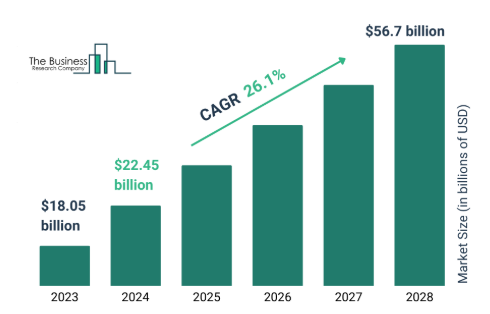
The Business: 2024 Global Gamification Market Report
However, despite the widespread adoption of gamification, many businesses struggle to achieve satisfactory results. This is primarily due to a lack of understanding of the essence of gamification. As a leading gamification service provider serving over 500 businesses and 78 million users, Moxi Technology will delve into two key questions in this article:
What are the common misconceptions businesses face in gamification applications?
How can the true value of gamification be fully realized?

Misconception 1: Gamification = Games
Many businesses attempting gamification often equate it with simply developing a mini-game. They either purchase pre-made game templates from outsourcing companies or have their in-house teams hastily develop a game and embed it into their app or website, assuming they have achieved gamification.
In reality, gamification is far more than just attaching a game. It is a systematic solution that starts from understanding user needs and integrates knowledge from game design, interaction design, behavioral psychology, and other disciplines to create an immersive interactive experience. It involves a series of steps, including user insights, needs analysis, gameplay design, and operational optimization, far beyond mere copy-pasting.
For example, in a project Moxi Technology undertook for a smart home brand, the team spent significant time conducting comprehensive user research before providing a gamification solution. Through interviews, surveys, and big data analysis, they discovered that the brand's primary users were busy urban professionals under significant stress. These users sought relaxation during fragmented moments and hoped to share joy with their families.
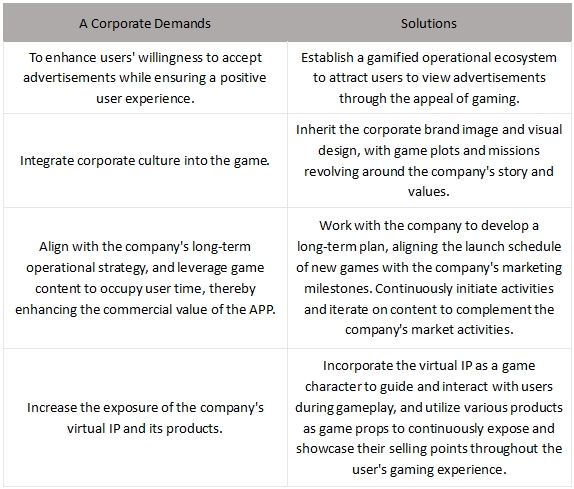
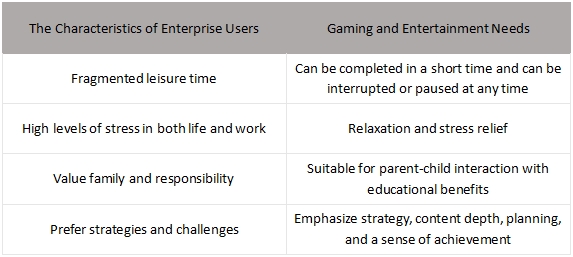
Moxi Technology's Analysis of a Company's Platform Needs and User Characteristics
It is evident that the Moxi team started by addressing the challenges faced by the company and, combined with user characteristics, tailored a comprehensive gamification solution. This solution not only included front-end game development but also encompassed data analysis, reward design, event planning, and other aspects.
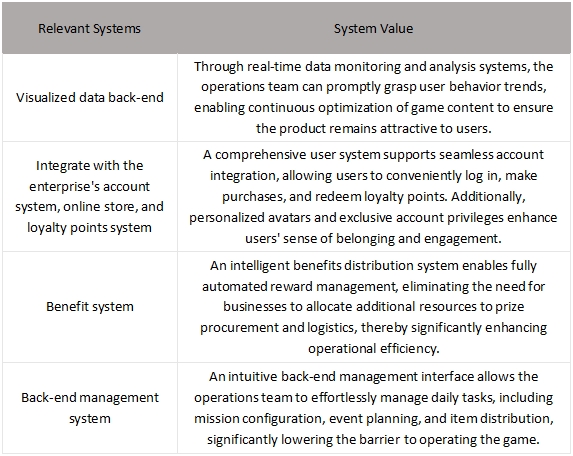
Additionally, each project is supported by an operational team that tracks and reviews data to provide decision-making insights for product iteration. Once a specific gameplay or feature is proven successful, we can quickly adapt it to other enterprise platforms with similar user profiles. This experience replication mechanism effectively reduces the innovation and trial-and-error costs for businesses.
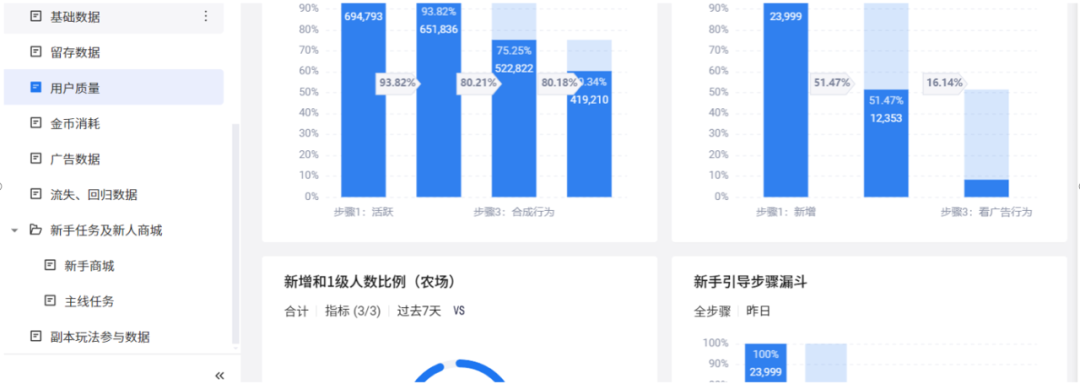
All user actions are recorded, tracked, and guided
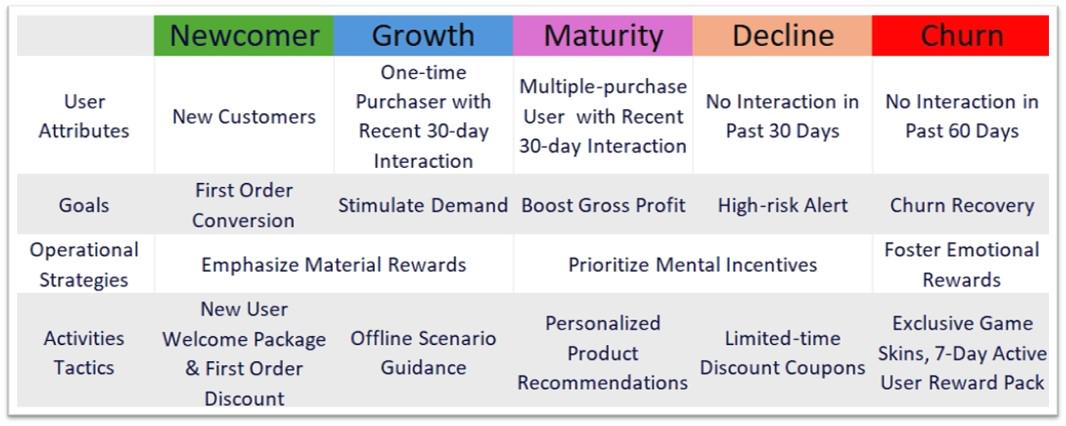
Segment users into layers and carry out precise operations at each stage

Misconception 2: Gamification Products Have No Barriers to Entry and Can be Implemented by Outsourcing Companies
Gamification products must be deeply integrated with a company's business goals and scenarios, which is far more complex than simply applying a game template. Successful gamification implementation requires three key elements:
First, professional development and operational capabilities. Technical development experience alone is not enough; businesses also need rich gamification operational experience to accurately understand user needs and create truly effective solutions.
Second, continuous optimization and iteration. Outstanding gamification products need to be constantly improved based on market feedback. Without a long-term operational drive or an experienced operations team, it becomes difficult to stay attuned to the continuous stream of user data and to provide targeted optimization strategies.
Lastly, the integration and fusion of gamification products is also a crucial challenge. Different companies have varying system architectures and business logic. The ability to seamlessly connect and smoothly transition relies on the service provider's experience and capabilities. At Moses, we standardize and modularize commonly used features and components, allowing for flexible combinations and quick assembly, significantly reducing the cost of repetitive development. It's like building with blocks—if you always start from the most basic components, the efficiency and cost are obvious.
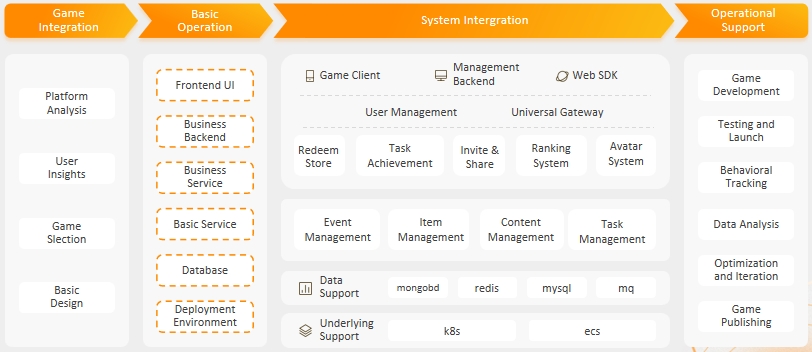
Product Implementation Service Panorama
Finally, to ensure the effectiveness of gamification products, the products we offer must undergo market validation before being included in our product portfolio. This is like passing through multiple levels—only products with innovative gameplay and data that meet standards can successfully pass, thus providing businesses with high-quality, fast delivery (2-4 weeks), and secure, stable product services.

The Moxi Technology Product Onboarding Process

Misconception 3: Gamification is Just a Gimmick; Users Have No Reason to Play Gamified Products Instead of Mainstream Games
There is another viewpoint that compares gamified products to mainstream games, which often have investments in the tens of millions. These critics argue that gamified products fall short in gameplay design, graphics, and other aspects, making it difficult to attract and retain users. They equate gamified products with poorly made mini-games, believing users have no reason to choose these gimmick products over major titles.
This perspective is another misunderstanding of gamification. The target audience for gamified products is not the traditional hardcore gamer, but a much broader group of casual entertainment users. These users may not have strong preferences for games but have diverse leisure and entertainment needs. What they value more is a convenient and enjoyable interactive experience, rather than hardcore game quality.
The unique value of gamified products lies in three areas:
Convenience: Gamified products focus on providing a quick and easy interactive experience rather than complex gameplay, aligning better with the fragmented usage scenarios of the target audience.
Real-World Connection: By deeply integrating with a company's e-commerce and points system, achievements gained in the game can be converted into real-world benefits. Users can exchange game points for coupons or earn free experiences through leaderboard rankings. This online-to-offline design significantly boosts user engagement.
Personalized Experience: Gamified products can provide customized content for each user based on data collected by the business. For example, a food delivery platform could incorporate users' favorite dishes into the game, or a fitness app could generate personalized virtual characters and achievement badges based on a user's exercise data. This personalization enhances the user's sense of involvement and identification.
The true appeal of gamification lies not in copying the success of traditional games, but in using innovative interaction methods to meet users' diverse needs, creating emotional connections, and driving value conversion.

Misconception 4: Gamification Lacks Criteria, Making it Difficult to Evaluate its Success
In the emerging field of gamification, many companies often feel confused: How can they assess the quality of gamified products? What value can it bring to the business? Since the effects of gamification are often reflected in user experience and other hard-to-quantify aspects, these concerns are understandable.
During our service to hundreds of companies, Moxi Technology has developed a scientific ROI calculation model. By analyzing key metrics such as conversion rates, activity levels, retention rates, and revenue, we can demonstrate the commercial value brought by gamification to businesses with concrete data, providing more confidence in investment decisions.
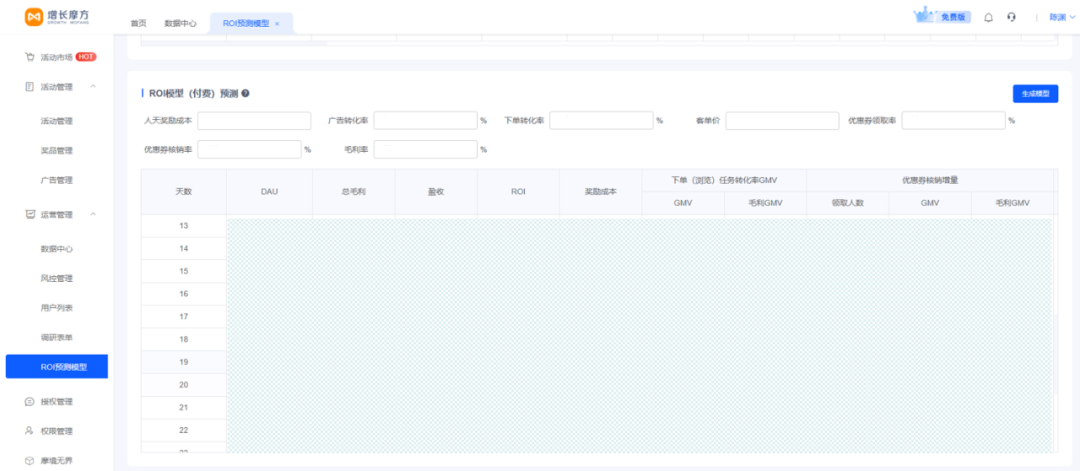
ROI Model Forecast
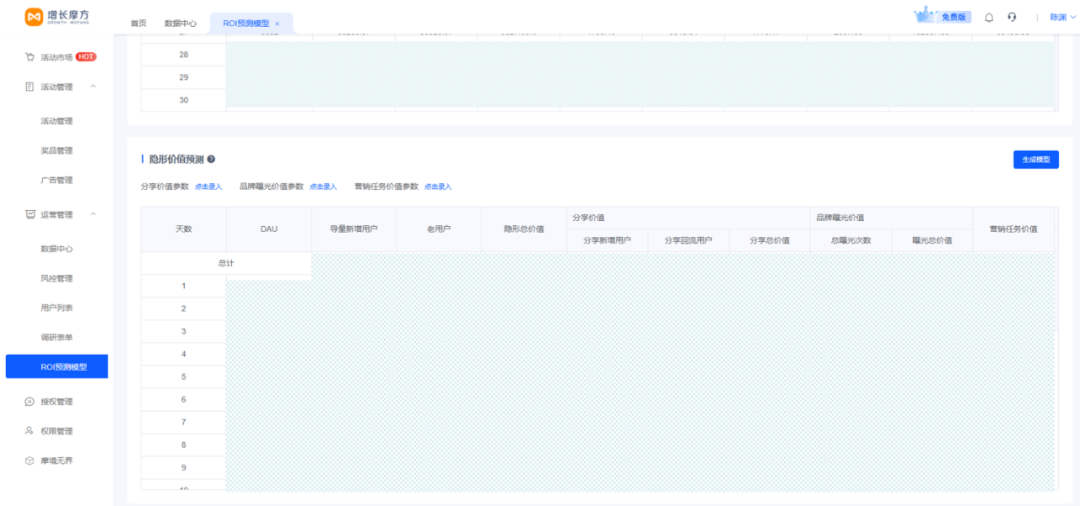
Invisible Value Forecast
In fact, the best standards for measuring the value of gamification are user value, conversion value, and social value.
User Value:
User value refers to whether gamification has significantly improved metrics like the activity level, usage duration, and user satisfaction of the enterprise’s app or website. These improvements indicate that users find more fun and value in using the app or website, which leads to increased usage frequency and time, objectively boosting the overall activity of the app or website.
Conversion Value:
Conversion value refers to whether gamification has effectively stimulated users’ willingness to make purchases. For instance, how much did users spend to obtain scarce items? What business conversion behaviors were completed to level up badges or gain other rewards? By associating gamification data with consumer behavior, we can quantify the business value of gamification in monetary terms.
Social Value:
Social value mainly refers to whether gamification has effectively promoted interactions and sharing between users. A successful gamification product often encourages user interaction through leaderboards, team battles, gift exchanges, and other social features, leading to organic user sharing, user acquisition, and community-building. This generates free traffic for the enterprise.
All marketing focuses on return on investment (ROI), and gamification is no exception. The key to measuring the ROI of gamification lies in calculating the relationship between GMV (Gross Merchandise Value) and cost.
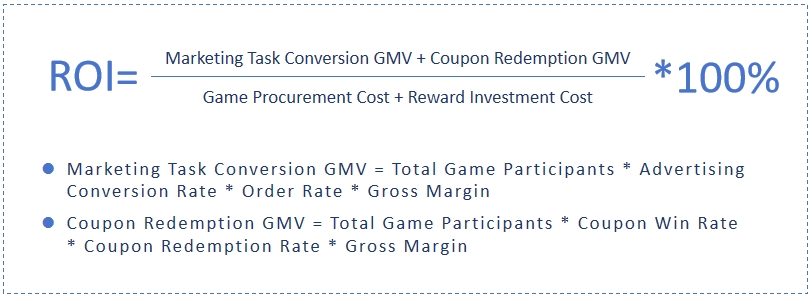
Moxi Technology ROI Calculation Model
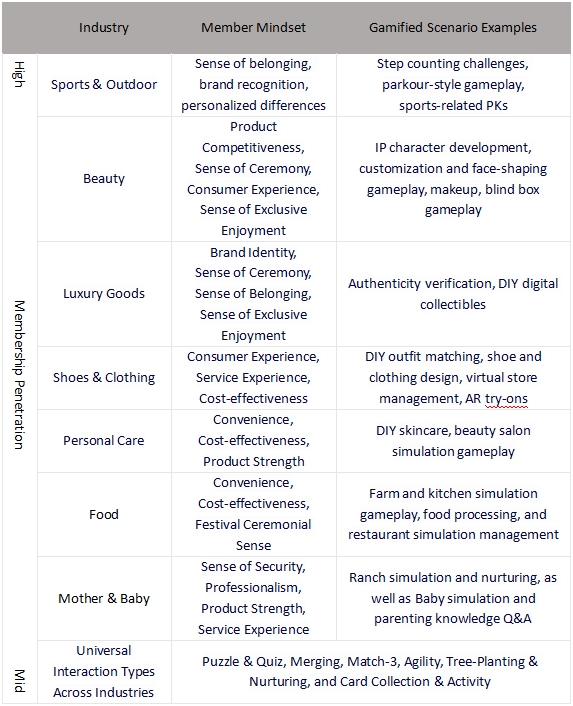
Gamification Scene Recommendations for Various Industries

Misconception 5: Companies Struggle to Assess the After-Sales Quality of Gamification Service Providers
In the gamification service sector, after-sales quality has always been a key concern for businesses. To address the issue of insufficient trust in traditional after-sales services, Moxi Technology has innovatively introduced the "Profit Sharing Model," a new collaboration approach.
The core of this model is to establish a true shared interest community: businesses only need to pay a small initial fee, gaining access to full-service support from planning and development to operation and maintenance. After the product is launched, both parties share revenue from ads and other sources based on a pre-agreed ratio. This "service first, payment later" approach not only demonstrates Moxi Technology's confidence in its service quality but also significantly reduces the trial-and-error costs for businesses.
More importantly, the profit-sharing model aligns the service provider's and the business's interests—only by continuously creating value for the business can the service provider earn corresponding revenue. This mechanism encourages service providers to view after-sales service as an ongoing value-creating process, rather than a one-time delivery
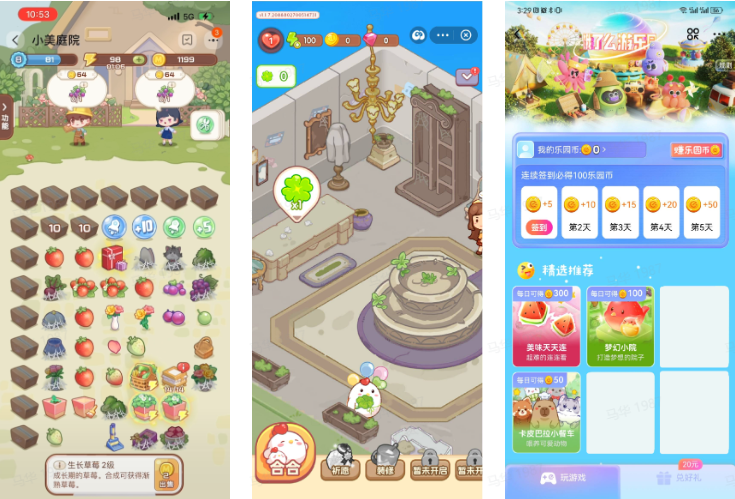
Moxi Technology's Selected Profit-Sharing Collaboration Products Showcase
Looking back on the years of gamification development, we have witnessed the transformation of many businesses from skepticism to recognition, from initial trials to deep integration. Gamification is neither a lifesaver nor a commercial gimmick, but rather a key that opens users' minds. In this era of scarce attention, the connection between businesses and users can no longer be limited to cold functional aspects. Through the lens of gamification, we can glimpse the new landscape of future commercial competition:
Those who truly understand and meet users' emotional needs will gain an advantage in this long-term battle.
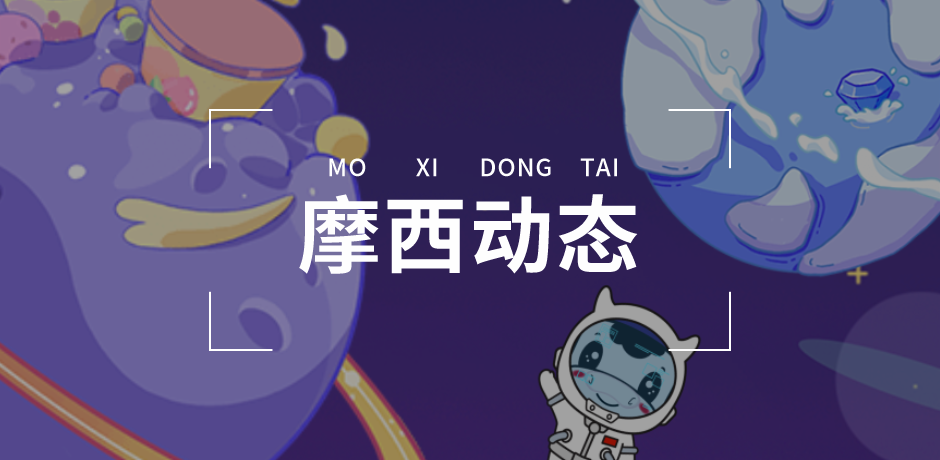


 扫码领取白皮书
扫码领取白皮书 人才招聘
人才招聘